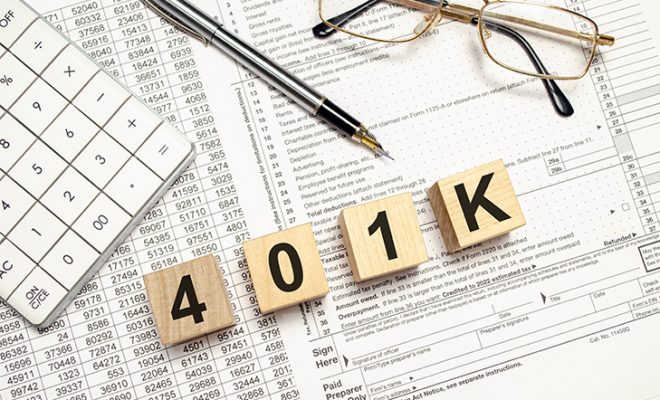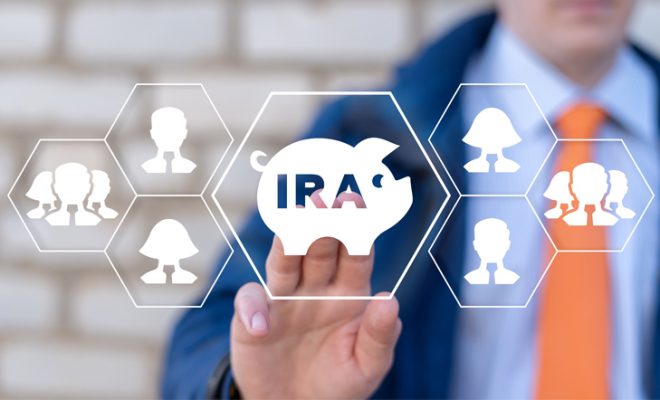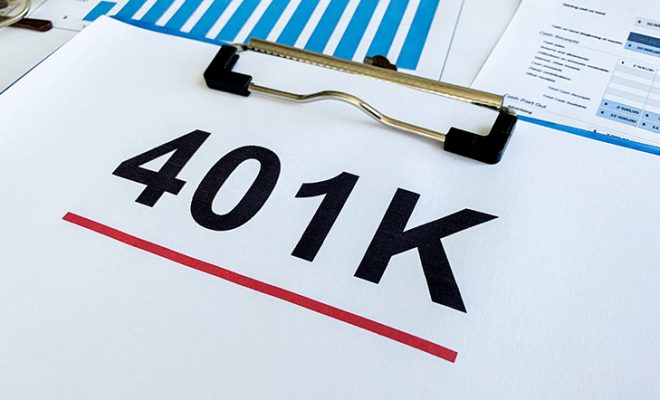How to Transfer an Old 401(k) to an IRA

A 401(k) is one of the primary retirement savings vehicles for U.S. retirees. As of June 30, 2020, 401(k) accounts held approximately $6.3 trillion in asset value. This asset value is one-fifth of the total U.S. retirement market, which stands at an estimated $31.9 trillion. So, as per these figures, it is evident that 401(k) plans enjoy relatively higher popularity than other retirement savings tools like different employer-sponsored programs, annuities, defined contribution plans, and even individual retirement accounts (IRAs). But even though 401(k) plans are widely popular, they have several disadvantages compared with an IRA. Hence, it is not uncommon to find retirees increasingly rolling over their 401(k) account into an IRA.
Here are some reasons that justify the transfer of a 401(k) into an IRA and the steps that can help you accomplish the same:
Advantages of transferring an old 401(k) into an IRA
Here are some of the top reasons that justify rolling over your 401(k) into an IRA:
- Wider investment choices
A 401(k) account is an employer-sponsored program. Hence, it offers limited investment options. Typically, a 401(k) offers investments like mutual funds, equity funds, and bond funds. However, in an IRA, your investment horizon expands. You can invest your funds in mutual funds, as well as allocate your money in individual stocks, bonds, ETFs (Exchange-traded funds), real estate bonds, etc. Besides, an IRA allows you to buy or sell your securities anytime. But in the case of a 401(k) account, your employer restricts your sale and purchase, as well as limits the number of times you can rebalance your portfolio. - Low fees and costs
In general, IRAs have lower management and administration fees in comparison to a 401(k) account. Moreover, the cost of executing a security transaction is much higher in a 401(k) than an IRA. - Fewer restrictions
Since 401(k) plans are sponsored by the employer, the rules vary as per each company and are usually designed to benefit the employer in general. But, in an IRA, there are standardized rules, determined by the IRS (Internal Revenue Service). - Low tax
In a 401(k), the IRS withholds 20% of your distributions towards federal taxes. However, in an IRA distribution, the IRS does not specify any percentage to be withheld in taxes. However, it is advisable for you to keep a small percentage of your distributions towards taxes to avoid the heavy tax bill at the end of the year. For this purpose, you can determine the amount you owe rather than opting for an automatic 20% in a tax cut. Accurate tax deductions allow your money to benefit from the power of compounding on a tax-deferred basis. You can also choose to have no tax withholdings, but that would imply that you pay a large sum in taxes together. - Roth conversion
When you choose to roll over a 401(k) into an IRA account, you can either convert it into a traditional IRA or a Roth IRA. Although there are other IRA options available, they are not as popular or advantageous. That said, in a traditional IRA you make pre-tax contributions, and your funds potentially grow tax-free in the account. At the time of withdrawal (at the age of 59.5 or later), you pay taxes on the money withdrawn. Since you would likely fall in a lower tax bracket during retirement, this option becomes appealing. However, in a Roth IRA, you contribute after-tax dollars. So your funds grow tax-free, and your withdrawals are also not taxed if they meet specific conditions. A Roth IRA can be a better option for transferring your 401(k) if you expect yourself to be in a higher tax bracket during the later years of your life. Moreover, in a Roth IRA, you do not have to take RMDs (Required Minimum Distributions) at the age of 72, which is applicable for a traditional IRA and even a 401(k).
Steps to transfer an old 401(k) into an IRA
Once you decide which IRA you wish to rollover your 401(k) account to, the process is simple. You can follow these steps to complete the rollover:
- Get in touch with your old 401(k) plan administrator and explain what you want to do.
- Fill the application form provided by the administrator to request a rollover.
- Contact your chosen IRA custodian (bank, trust company, brokerage company, federally insured credit unions, etc.) and open an account (traditional or Roth).
- Once the IRA account is active, use the rollover form provided by the 401(k) plan administrator to request for a direct transfer of the funds into the chosen IRA account.
- When the application is approved, the 401(k) plan administrator will transfer the funds into your IRA account.
In other cases, you can also ask the administrator to write you a cheque instead of a direct rollover. However, you must be careful while opting for this method. Be sure that the cheque is not misrepresented as a distribution in the IRS records. Besides, make sure to deposit the funds into the IRA account within 60 days from the date you receive your 401(k) plan distribution check. Failure to do so can result in strict penalties. Also, you can only do one rollover in a period of 12 months.
Taxation and penalties concerning the transfer of an old 401(k) into an IRA
Even though it is a good option to rollover over your 401(k) into an IRA account, the process has tax implications and penalties. If you fail to follow the rules, as specified by the IRS, the rollover could prove more disadvantageous than beneficial.
Some of the most critical tax implications that you should know are:
- When you transfer your old 401(k) to a Roth IRA, you will have to pay income tax on the funds in the financial year you make the rollover. This is because your 401(k) has pre-tax dollars.
- When you convert your 401(k) into a Roth IRA, your account will function on the same timings as the existing Roth IRA funds. So, the holding period for the IRA becomes the same for the entire sum in the account. Hence, to get penalty-free withdrawals, you will need to keep the Roth IRA account for not less than five years. If you take drawings before the five-year period, the IRS will levy a 10% penalty and applicable income taxes on withdrawals.
- If you fail to complete the conversion within 60 days from the receipt of the 401(k) distributions, you would be liable to pay withholding taxes (20%) and additional penalties.
To sum it up
Overall, it is simple to transfer your old 401(k) into an IRA account. However, the choice of the IRA account should be made with careful consideration of the benefits, taxes, penalties, timelines, and your future financial condition. If you expect yourself to be in a higher tax bracket during retirement, an IRA rollover is a good option. Alternatively, if you expect to pay lower taxes in the future, keeping your money in the existing 401(k) account can be a good option. That said, you can consult a professional financial advisor to help you make an informed decision and execute the process without any hassles.










